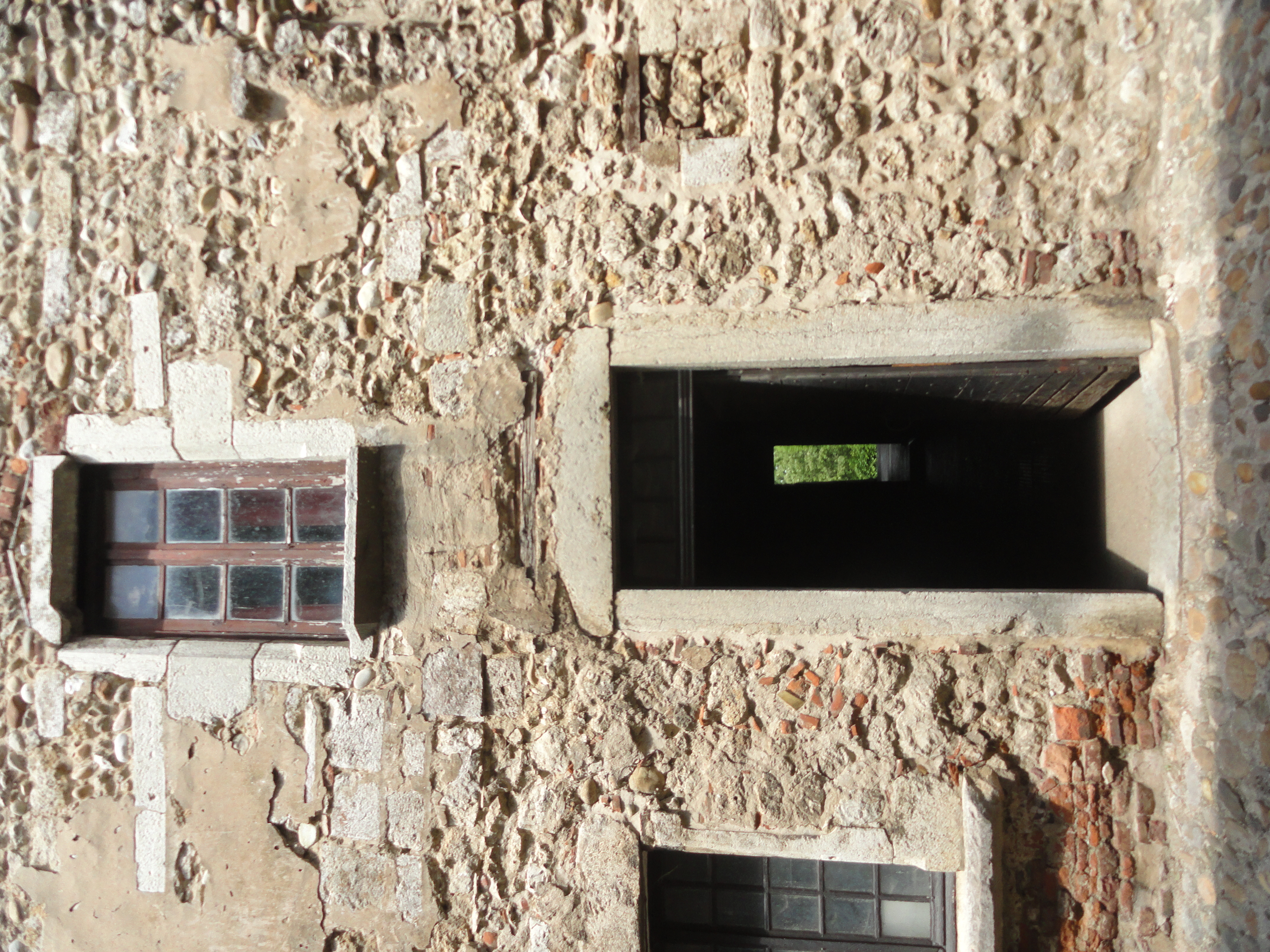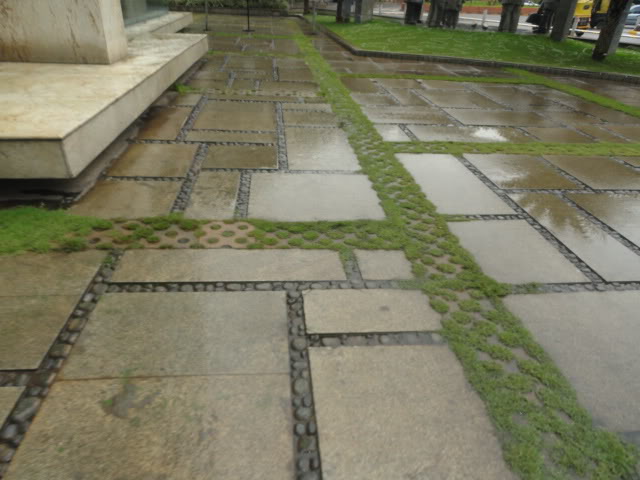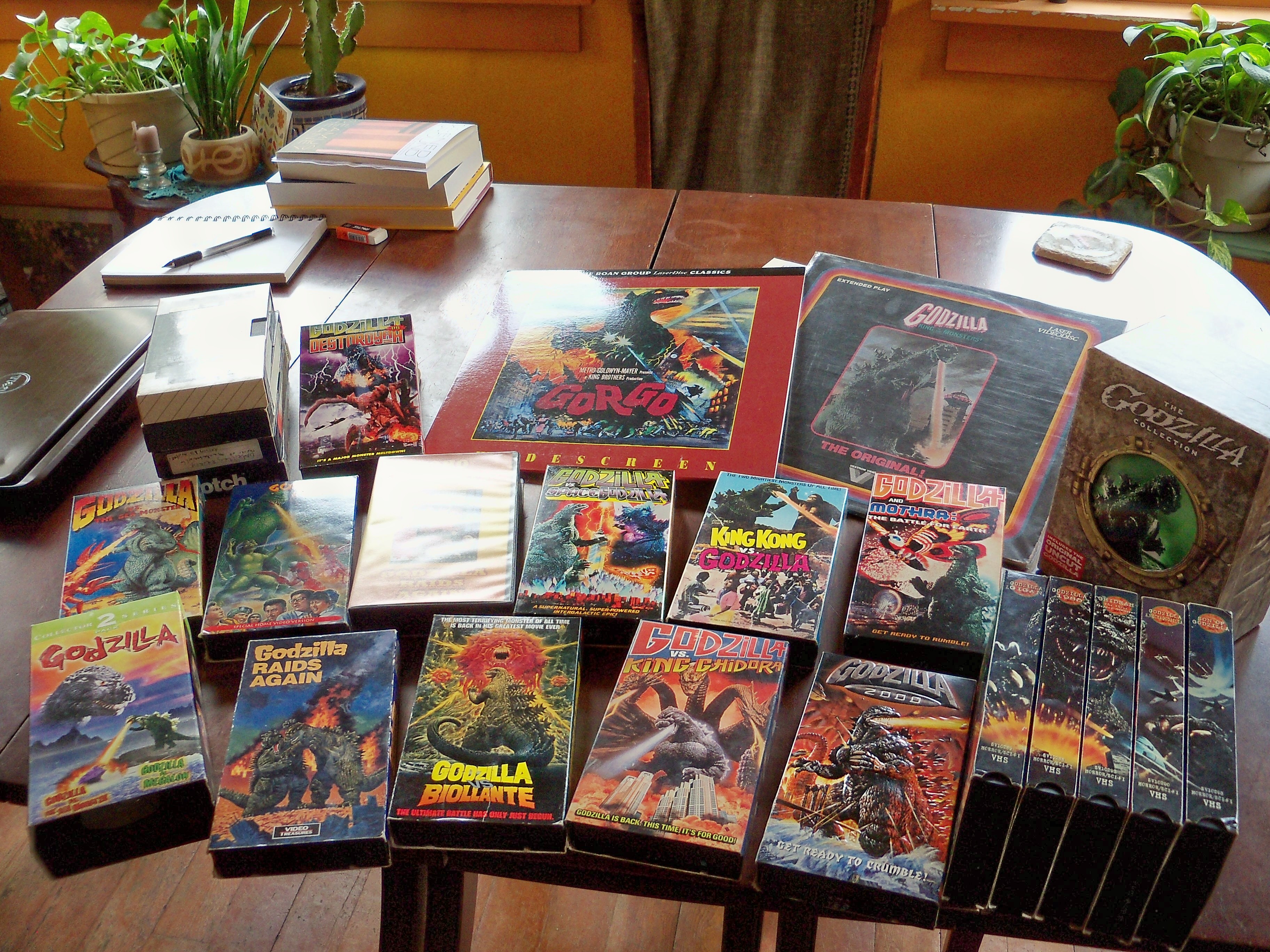The more that fun, divergent thought is discouraged, the more quiet and dark those minds will be. The more that sparkly, happy, random thoughts are encouraged, the brighter that home will be.
photo, sign, found uncredited, "out there"





Learning is defined not just as sucking in information about something the child is interested in. Learning is also figuring out the big picture and how things connect. Figuring out how stuff works, figuring out how people work, making connections, seeing patterns. This is a mechanical, biological process. It's how humans—all learning animals really—naturally learn, how kids are born learning.
Natural learning is like a doorway. We can't change the doorway but we can change the outside world so kids can more easily reach what intrigues them.


That all 'just happened,' but it happened because we've been building up to it with our whole lives and our whole style of communicating and living together in a constant state of open curiosity.. . . . Once you start looking for connections and welcoming them, it creates a kind of flow that builds and grows.

If I could describe all your writing in just a few words, it might be "Peace, humor and scary monsters." Dylan's life has involved a lot of Godzilla and that ilk. Scooby Doo and Godzilla.Deb Lewis:
Yes, a lot of Godzilla, beginning when he was very little. And then any movie with a monster, or any book about monsters. And then all kinds of horror and science fiction. Godzilla was the gateway monster, though, and it started with a movie marathon on television. I couldn’t have guessed then, when he was three years old, that he would find a lifetime of happiness in horror! And I didn’t know then that his love of monster movies would lead to learning to read and write, finding authors, making connections to other cultures, (and more movies and authors) and connections to music, theater, poetry, folklore, art, history... It turned out to be this rich and wonderful experience he might have missed, and I might never have understood if I’d said no to TV, or to Godzilla, King of the Monsters.
Before Dylan was reading or writing really well, he’d meticulously copy the titles and dates of movies he wanted, and request them from interlibrary loan. All that writing, and all the time spent watching movies with subtitles helped him read and write better. I remember the feeling of joy and wonder, mixed with some sadness and loss when he didn’t need me to read movie subtitles to him anymore. I learned so much about learning.

